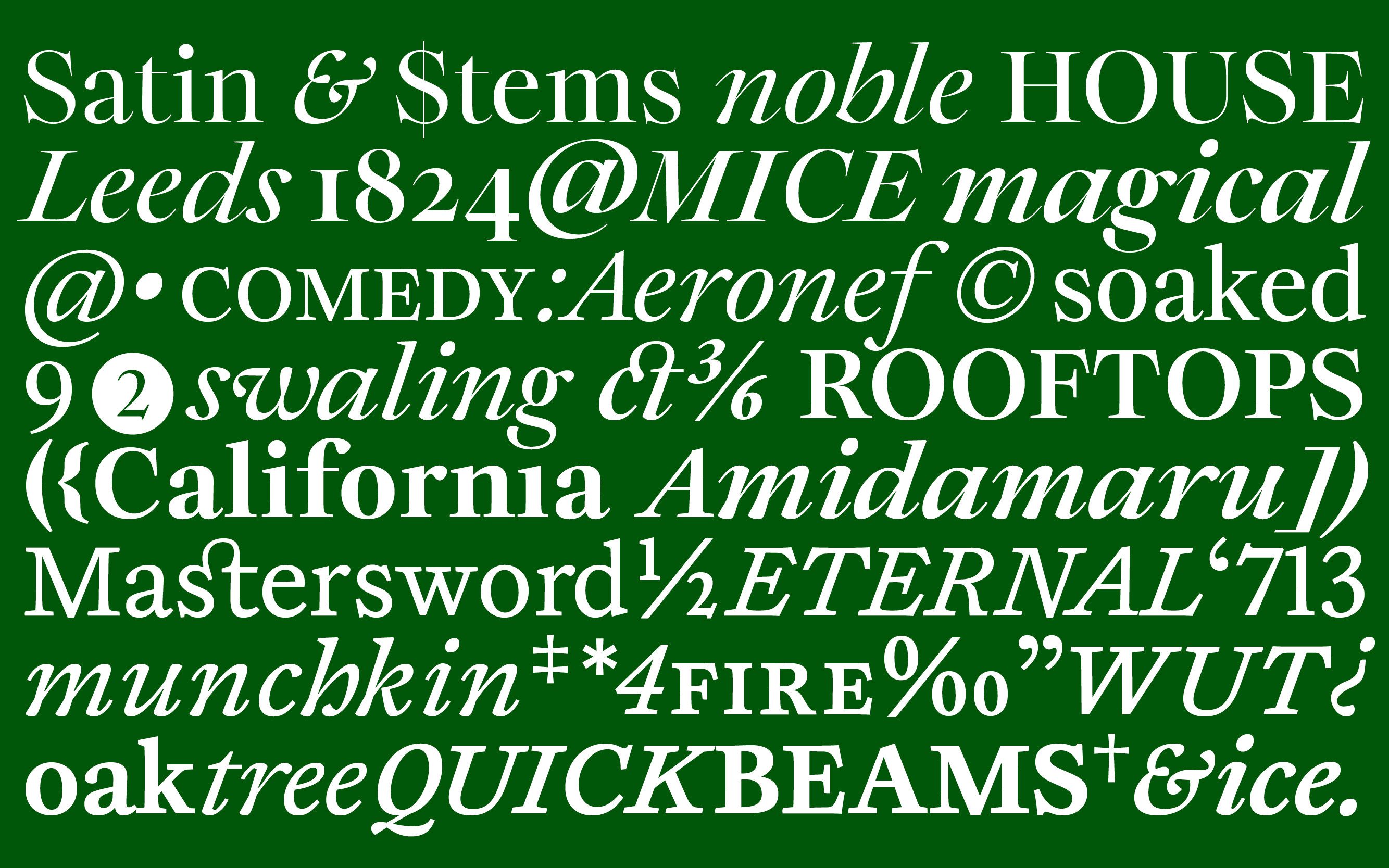
By Sebastien Hayez. Published December 15, 2024
Léon Hugues
Since the 2000s and the omnipresence of the Internet in our daily lives, the profession of type designer has come to the fore. How did you become interested in letters in general and typography in particular? What was your professional training?
I became interested in letters in general and typography through my studies. I passed my high school diploma and went on to study at the École Estienne, because I wanted to practice graphic design, designing logos and posters. And as training in type design was possible, I went there for a Bachelor degree, where I met Franck Jalleau (Imprimerie Nationale). And after following his teaching, I decided to devote myself fully to typography by taking a Master's degree.

Franck Jalleau is a benchmark in international type design. What advice do you have from him?
Yes, Franck Jalleau's teaching was with me throughout my four years of study. We got on very well, and I still hear from him sometimes. It was a lesson in observation, and if I can quote Franck, it's the importance of taking time, knowing that everything is in the micro-details. We don't have to look for artifice to be expressive, and through slight contrasts, a slight difference, we can give a completely different voice to a character. It's also a lot of experimentation: taking a tool and drawing, making traces, making lines, calligraphy without any real objective... Just to see what the hand can allow me to create.
So, yes, if I'm to follow a phrase from Franck Jalleau: it's about taking your time, experimenting and... the power of the gesture! It's really the power of the gesture that will prevail above all else.

You're one of Blaze Type's regular collaborators. What was your introduction to the foundry like?
During my studies, I was able to carry out an internship at various French and European foundries to observe the inner workings of such structures. I was able to work on various projects, and it was in 2021, at the end of my studies, that I came into contact with Matthieu. Initially, he gave me critical feedback on the Joly, an interpretation, a revival of a character started during my studies. Then we decided to expand it, adding weights and optical fonts, with a view to publishing it with Blaze Type.

Your collaboration seems to be a positive one, since you have continued to work together...
Following the publication of Joly, Matthieu trusted me with other projects, so I was able to start designing and extending typefaces with him. Like Sigurd or Rules, and I also took part in the creation of some custom typefaces, at the request of communication agencies or direct customers (Fix Studio, Mont Saint-Michel, NTSAL, Republic Crypto, Hall & Partners).
As for the two families I mentioned, I was the only one working on these projects alongside Mathieu. We communicated a great deal, going back and forth, exchanging ideas on a fairly daily basis, asking questions about the different shapes, how to interpret the family? It was a long dialogue.


Shortly after these projects, you collaborated on Emeritus (2021, Tim Vanhille, Léon Hugues, Matthieu Salvaggio), a pure blackletter.
It's a typeface that was started by Matthieu, and my role was to refine the typeface, extend it and ensure that the final tool was completely functional, going beyond calligraphy to achieve a truly typographic aesthetic.

Did you take part in the development of the Rules Slab and Rules Gothic versions?
I wasn't involved in these projects. Malo Haffreingue did. And it was very interesting for me to see how a project I'd started with Mathieu could evolve later with other designers; how they interpreted an initial base to create new styles.

Which typeface from the Blaze Type catalog do you secretly admire, and why?
It's going to be typefaces like Swirl or Tangley because I have a guilty pleasure for script typefaces. So it's been fascinating, he's in dialogue with the designers at the time too. I've been able to see the evolution of these projects. They're really great. And on the other hand, I really like Raphaël Lefeuvre's Square, which combines an original design with quite strong technical constraints, to get into this square space, to have identical outlines when there are extremely different weights.
Apart from his very display typefaces, I also really like Hugo Jourdan's Slussen, with its ability to really develop an extraordinary tool, which allows others to cover all the uses between the different weights, the italics, the monospaced version... This typeface is an absolute monster of work, and it's impressive how well he's managed to develop it.
